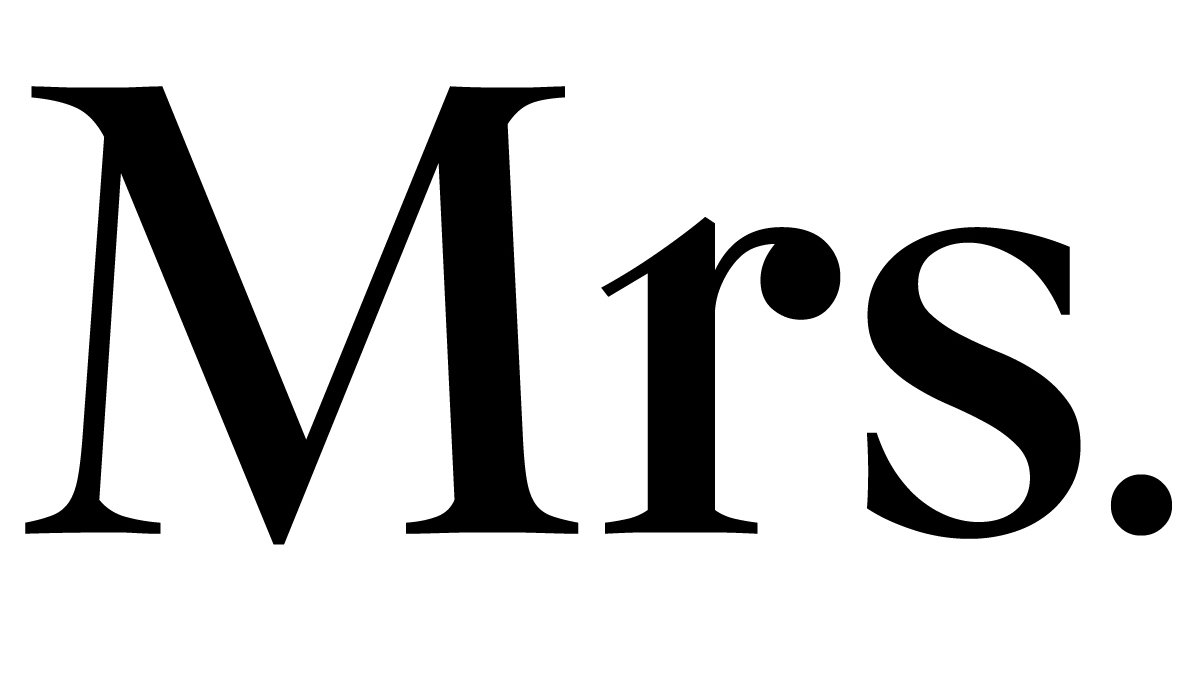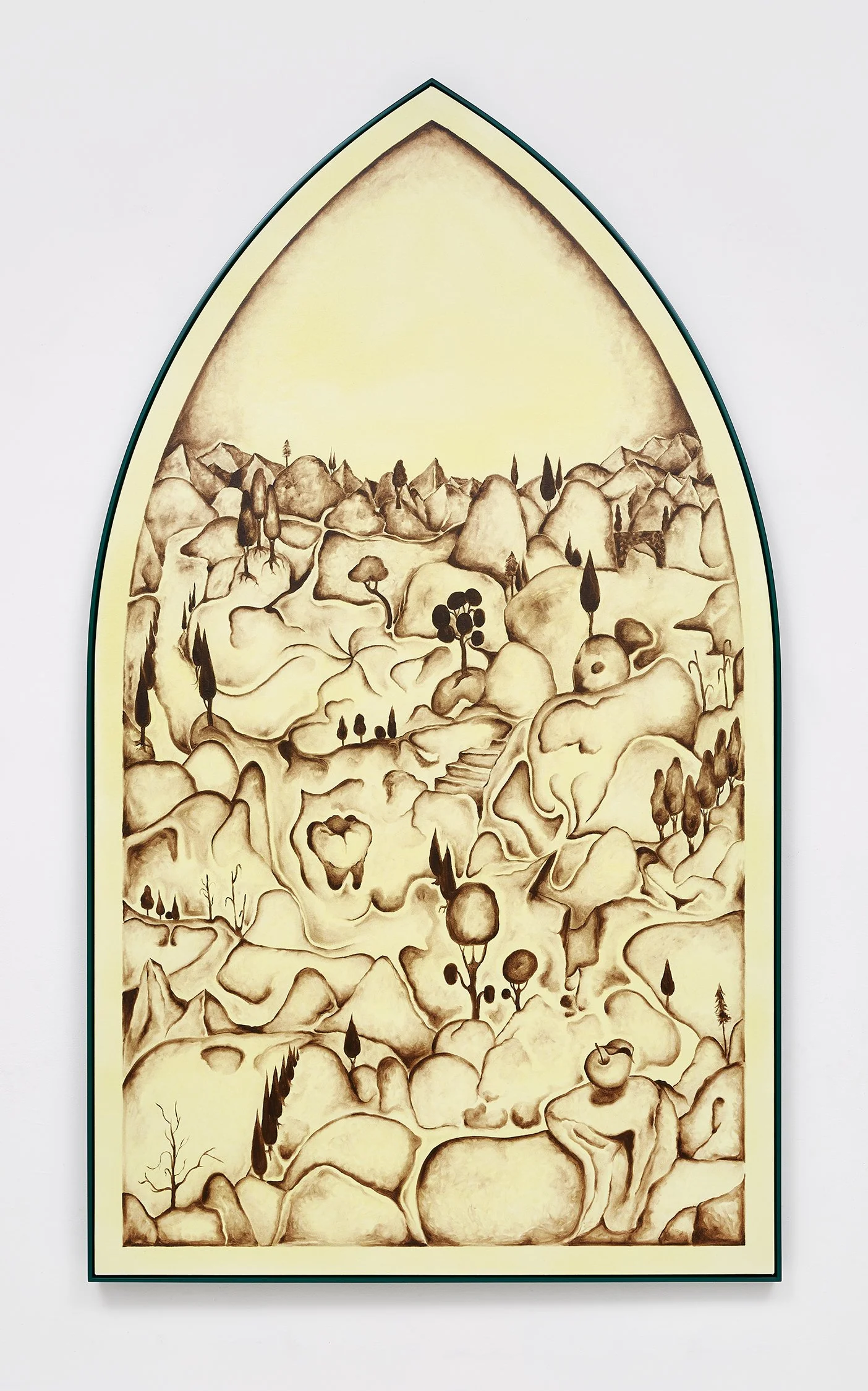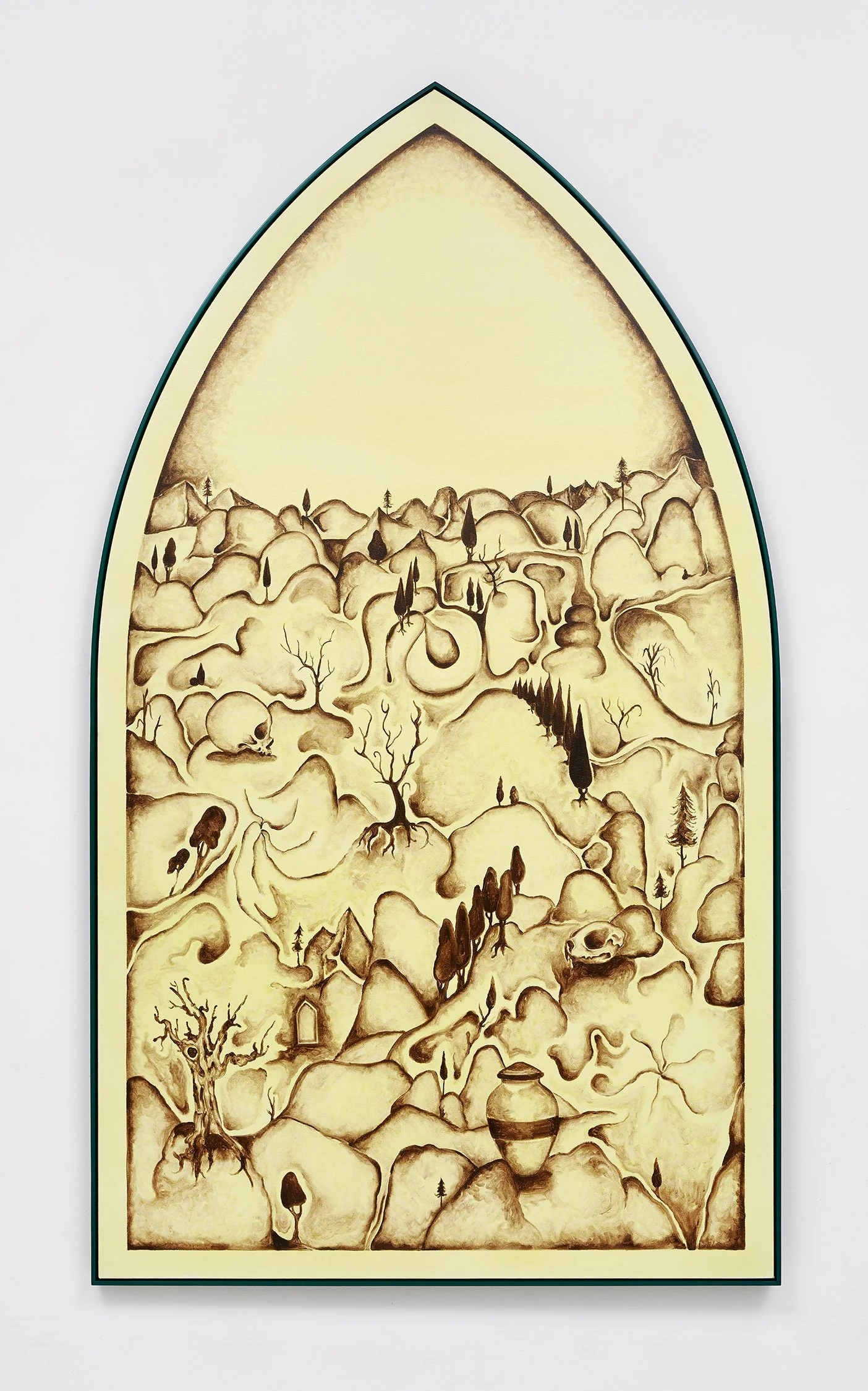ROBERT ZEHNDER
Ageless Machine
September 6 - November 5, 2022
This summer Robert Zehnder and I traveled to il Duomo di Milano. We traveled by train from Paris to Milan, which allowed us to talk for over nine hours. In our ten years of friendship, we never imagined we would have the opportunity to travel to these sites together. Still, in many ways, we always believed that our relationship could take us anywhere. Strangely throughout our travels, we spent much of our time discussing the concept of fidelity. Upon our arrival at il Duomo, we prayed. I cried. The emotional efficacy of this experience had for us a revelatory function–the theater of the church, this grand machine, eerily & portentously disclosed the ever elusive manufacturing of fidelity. As we returned home, tired from the many days spent in dialogue, it made a great deal of sense for me to elaborate on these concepts for my friend’s upcoming exhibition.
The notion of the Sublime animates much of Zehnder’s investments in the underwritten psychology of naturalism. The philosopher Edmund Burke, who wrote on this subject, canonized a change in the view of naturalism during the transition between the Neoclassical and Romanticism era. Burke distinguished a Neoclassical tenet, the beautiful, as well-formed and pleasurable, from a tenet of Romanticism, the sublime, as that which has the power to compel and destroy. It is this type of dichotomy that motivates Zehnder’s imaginative landscapes. His critical obsession with art history inspired the artist to study the American Regionalists and their post-industrial landscapes, further complicating his use of naturalism. The combination of naturalism and surrealism in the work of these artists situated feelings of volatility and uncertainty specific to the early 20th century United States. In contrast to the counter-punctual nature of these moments of historical transitions, Ageless Machine is a profoundly anachronistic mediation.
The historical references in Zehnder’s work belie chronology to convey the artist's private psychodrama, borne of feelings of isolation and anxiety. Unlike the American Regionalists, whose similar compositional approach is meant as an externalization of the spatial compression of their time, Zehnder’s expansive middle ground is a space whereby the depiction of nature is brought into interiority, into psychology. It is a formal address to the paradoxes of a temporally compressed world. This allegory is meant to be revelatory of the artist’s psychological uncertainty in an era meant to produce mass interactivity and connectivity.
The landscape paintings work with a flattening of depth and perspective, but Zehnder is generous with the open sky. Colors, and allusions to light, fill the top portions of his landscapes, alleviating the viewer from the expansive middle ground. Were it not for this, it would otherwise be easier said that the landscapes merely contain a flat composition read from top to bottom with no liberatory capacity. Zehnder is inspired by a reductive visual vocabulary. For this, one need only point to his simple style of depicting trees and fauna. This formal quality is intended as a vacuum of overcomplexity, specifically in contrast to the profound complexity found in nature. Unlike this reality, Zehnder’s landscapes are imagined and estranged from any true natural setting and are instead artworks invested in a different system, one of interiority. There are two distinct styles in which Zehnder paints his landscapes, one is cartographic, often in a two-tone brown and yellow style, and the other is a multicolor vibrant and organic, yet alien style. The interiority operates in different fashions depending on his stylistic choices. It is in this diversity that Zehnder’s playful anachronism turns discursively art historical. The viewer is challenged to decipher for themselves what the cartographic has to do with the natural and vice versa.
The title of the exhibition, Ageless Machine, is a reference to the concept of ‘Gesamtkunstwerk’ (‘total artwork’) made specifically in relation to the space of a church and its capacity to produce a multimedia experience. Zehnder, inspired by the hubris of this concept in architectural design, presents a body of work that the artist has never before shown under these particular exhibition-making strategies. The gallery’s interior has been painted dark green, and the walls feature a series of large-scale arch-shaped paintings, meant as illusory gothic windows engaging the space architecturally. In the back of the gallery, there hangs a painting also titled Ageless Machine. It depicts a heart with a tree growing out of it. The image of this heart is also a motif featured in the painting Arch II: Branched Hearts. Conceptually, as with his use of the middle ground, the heart is meant to convey interiority. The heart is an organ whose biomechanics, specifically its compulsive regulation of cardiac function, presents a fascinating allegory for the subconscious administration of fear. His bronze sculptures are three-dimensional renderings of forms from his landscape paintings. The use of bronze is meant to give a sense of temporality; the oxidation of the metal represents the marking of time and its relation to our natural environment. The presentation of this new series of sculptures further emphasizes Zehnder’s attempt to interpose the concept of an all-encompassing multimedia machine. One that is invested in an inquiry of the manufacturing of belief, the relationship temporality has with our material realities and the psychological journey therein.
-Misael Oquendo
Ageless Machine will be on view September 6 - November 5, 2022. For press inquiries and additional information, please contact hello@mrsgallery.com.






